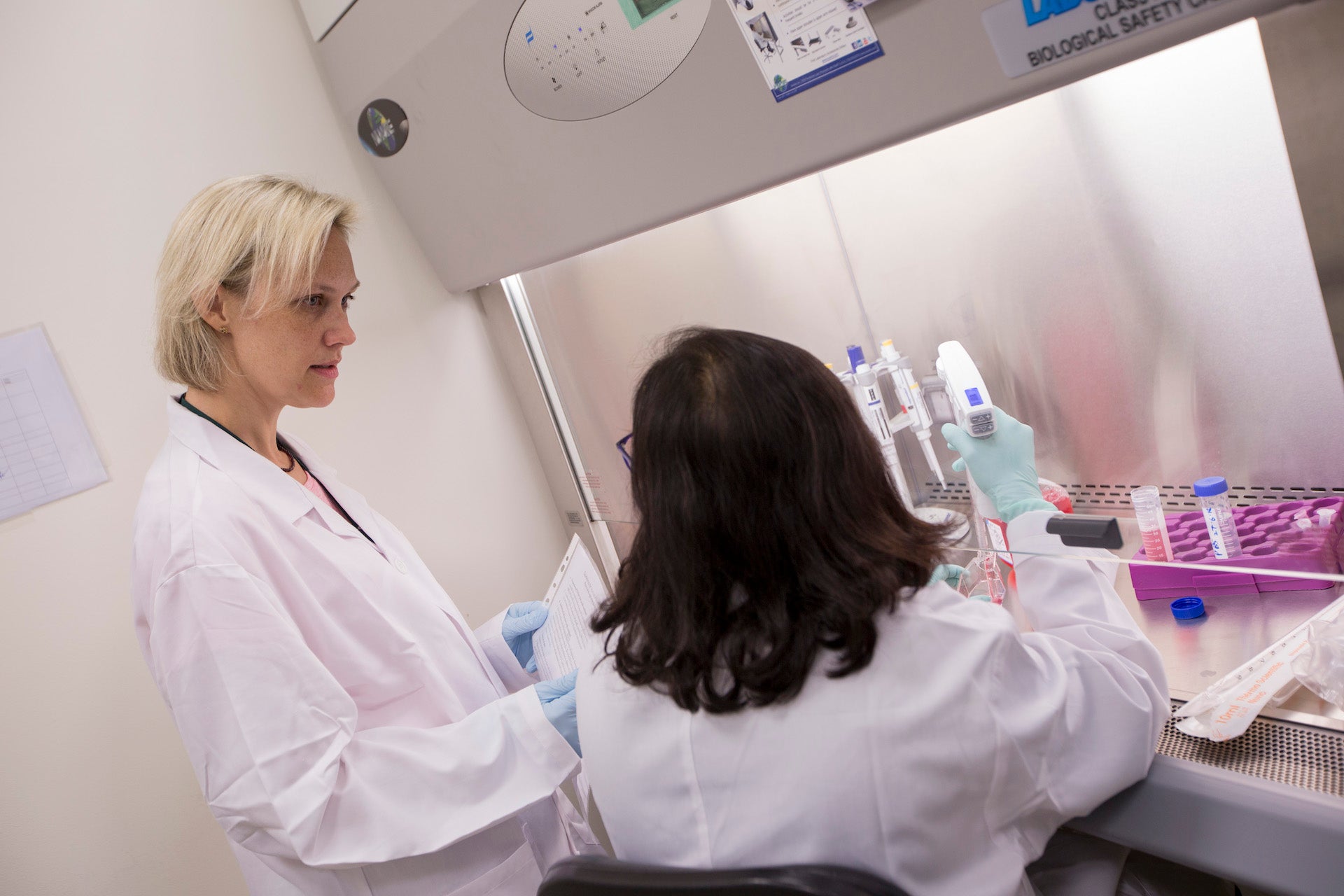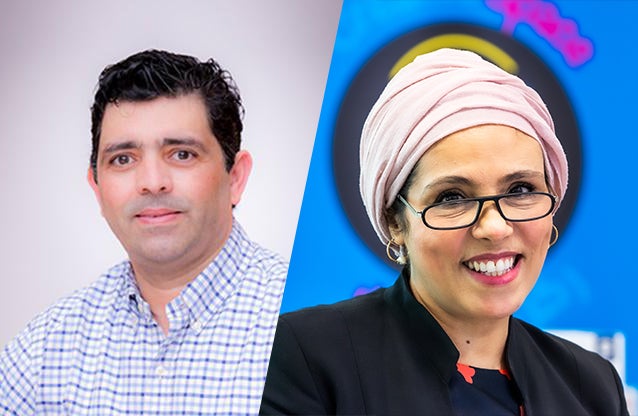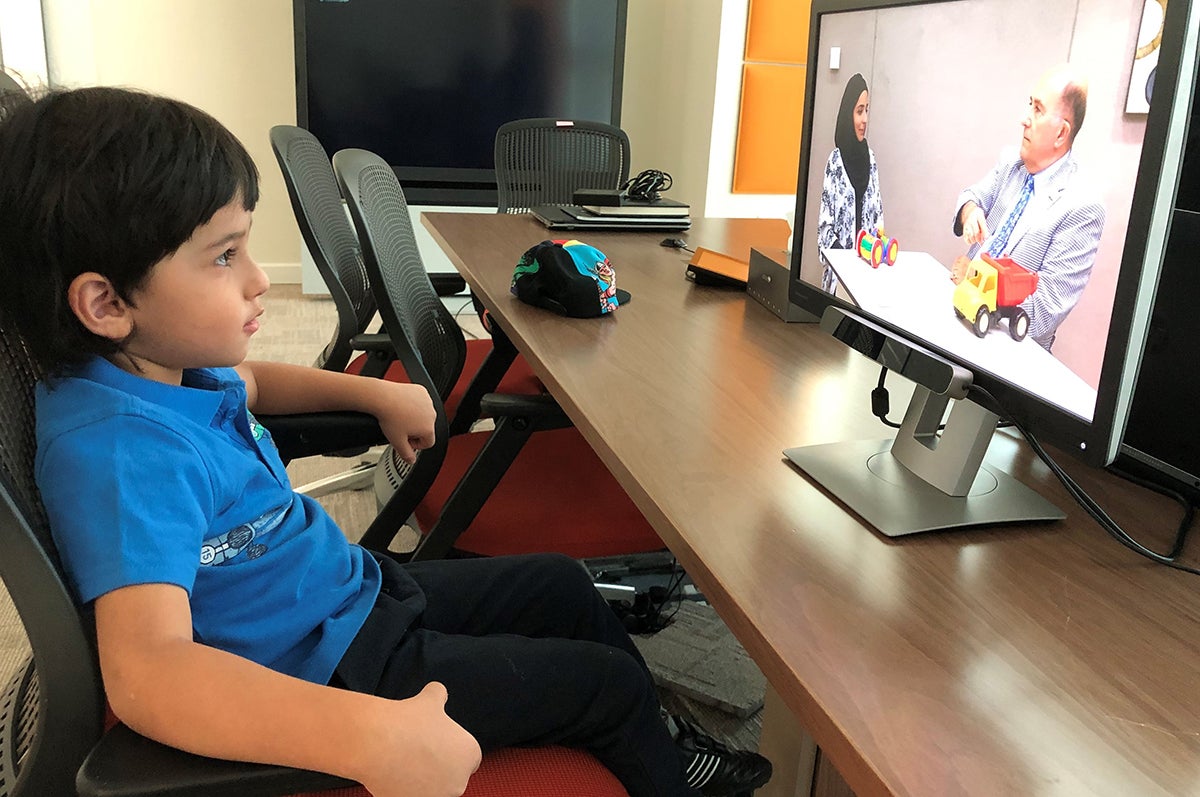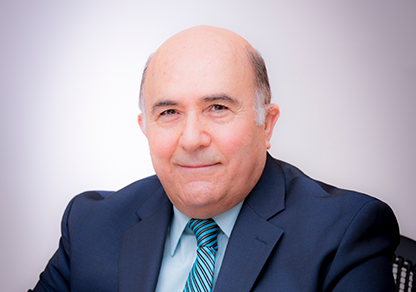An interview with Dr. Julie Decock

In an era of precision medicine, new targeted therapies for cancer provide a promising glimpse of the future of cancer research and give hope to millions.
In the decades since the first randomized control trial (RCT) was used to evaluate cancer treatments, patients have been able to access many of the new, and often innovative, treatments by participating in clinical trials. Efforts to improve patient outcomes while ensuring economical use of resources have seen value-based trials play a significant role. These trials are often small and focus on rare subtypes of common tumors, yet provide important data and evidence for understanding drug effectiveness.
An example is a recent study at the Memorial Sloan Kettering Cancer Center, New York. Fourteen patients with stage II/III locally advanced mismatch repair-deficient (dMMR) rectal cancer were treated with a drug called dostarlimab for six months, and all 14 were cleared of their tumors. This initial study has been published in The New England Journal of Medicine, and larger clinical trials with longer follow-up to assess the response duration are now expected.
RCTs are often called “the gold standard” of medical research. What role do they play in translational research, with its focus on moving discoveries into clinical practice?
An RCT is the most stringent and reproducible method to determine the safety and effectiveness of a new intervention or treatment and is most often used to guide clinical practice decisions. The key defining feature involves randomly assigning subjects to an experimental or control group which allows for directly comparing the effects of a new treatment to the current standard of care treatment plan. A similar approach is often used in preclinical translational research.
For example, in our work at the Translational Cancer and Immunity Center at Qatar Biomedical Research Institute (QBRI), part of Hamad Bin Khalifa University (HBKU), we apply similar principles to investigate the anti-cancer effects of new therapeutic targets. Recent efforts in my group have led to the identification of a molecule called Lactate Dehydrogenase C (LDHC) as a novel candidate for combination treatment, whereby drugs acting against this molecule can be used together with existing anti-cancer drugs to improve the treatment efficacy in breast cancer.
It should be noted that the dostarlimab study is not an RCT, but a single-arm study. That is, all the patients received dostarlimab before surgery and their response was evaluated by rectal MRI and endoscopic visual examination. The choice of study design was likely guided by the limited number of patients with this specific type of rectal cancer (5-10% of all rectal cancer patients), making it impractical to recruit a larger number of patients to conduct an RCT within a reasonable amount of time.
In light of the small size of the trial, how cautious or hopeful about the result are you, as a scientist?
Currently, standard of care for patients with dMMR rectal cancer includes chemotherapy and radiotherapy in addition to surgery. The interim results of this study suggest that treatment with dostarlimab prior to surgery may completely eliminate the need for pelvic radiation and surgery, preventing their permanent side effects on fertility, sexual health, bowel and bladder function. This could have a significant impact on the quality of life of patients, especially considering that rectal cancer is becoming more common in people under 50 years of age. However, whether this study will result in the introduction of a new treatment regimen remains to be seen. Generally, these types of tumors can regrow within two years after standard treatment. So, the pertinent question is whether patients can remain disease-free beyond the current follow-up time of 6.8 months. As a scientist, I believe the study results are promising and I look forward to the final outcomes.
Are these findings surprising or could they have been foreseen?
Dostarlimab is a form of immunotherapy; the most recent pillar in cancer treatment. Immunotherapy has drastically changed the standard of care for cancer in the last decade, and was named the breakthrough of 2013 by the editors of Science journal.
Tumors can prevent being eliminated or killed by our natural immune response by putting a brake on this system. The major success of immunotherapy stems from a class of drugs, called immune checkpoint inhibitors, that release this brake. Dostarlimab is one such drug; it inhibits the immune checkpoint protein called PD-1 resulting in the release and re-activation of the immune response. A similar inhibitor, Pembrolizumab, had already been shown to reduce or eliminate tumors in 77% of dMMR rectal cancer patients whose cancer had spread to other tissues. Based on that, it was rather likely that this might also translate to patients with locally advanced tumors.
The favorable findings are also supported by the high number of DNA mutations in dMMR rectal tumors that can trigger an immune attack against the highly abnormal-looking tumor cells. As such, dostarlimab treatment can re-invigorate the immune system to recognize and act against the abnormal, mutation-ridden tumor cells. Identifying which features make tumors more likely to respond to immunotherapy is a very timely and hot research area and forms an integral part of QBRI’s research program.
What safety assurances do patients in a trial have?
Every clinical trial undergoes a very thorough and stringent review by independent experts to ensure participants’ safety before and during the study. Any side effects are reported back to the experts who may decide to stop the trial if too many severe side effects are registered. Furthermore, every participant always has the right to remove themself at any time without this affecting their standard care of treatment.
Much of QBRI’s translational research focuses on precision medicine for populations in Qatar and the region. What are the challenges for trialing drugs/therapies for specific populations?
The majority of large-scale studies are conducted in individuals of Caucasian ancestry with a recent increase in the number of black and African American patients being included in clinical trials. On the other hand, there is a large underrepresentation of Arab patients. Cancer, just like many other diseases, is multifactorial in origin where the genetic component plays an important role in the origin and progression of the disease as well as the likely response to treatment. Therefore, a drug that works well in cancer patients of Caucasian origin will not necessarily benefit patients of Arab descent. Efforts to map the genetic makeup of Arab patients, including the work of the Qatar Genome Programme and Qatar Biobank, are of utmost importance to advance precision medicine in this region.
QBRI is committed to advancing precision medicine in Qatar and the Middle East and North African (MENA) region, and has established several initiatives to enhance our knowledge of the Arab genome and its relation to disease risk, progression, and treatment response. As these projects mature, Qatar will be in a better position to improve healthcare for the country’s and the region’s populations.
What does the future of cancer research look like?
We are living in very exciting times where research is rapidly evolving and has the potential to really impact and transform healthcare. The phase II dostarlimab study is just one example of how decades of work can ultimately lead to a real-life benefit for patients.
*Dr. Julie Decock is a scientist at the Translational Cancer and Immunity Center, Qatar Biomedical Research Institute, and a joint Assistant Professor at HBKU’s College of Health and Life Sciences. Since joining QBRI, Dr. Decock has established a research program in the areas of tumor antigen discovery and tumor immunity, two key research areas that can help accelerate breast cancer research and advance the development of new treatments.
Related News

Recent research on the health impact of highly processed foods and drinks and the risk of obesity and diabetes

HBKU’s Qatar Biomedical Research Institute and Qatar Computing Research Institute Jointly Publish Risk Tool to Fight Diabetes








